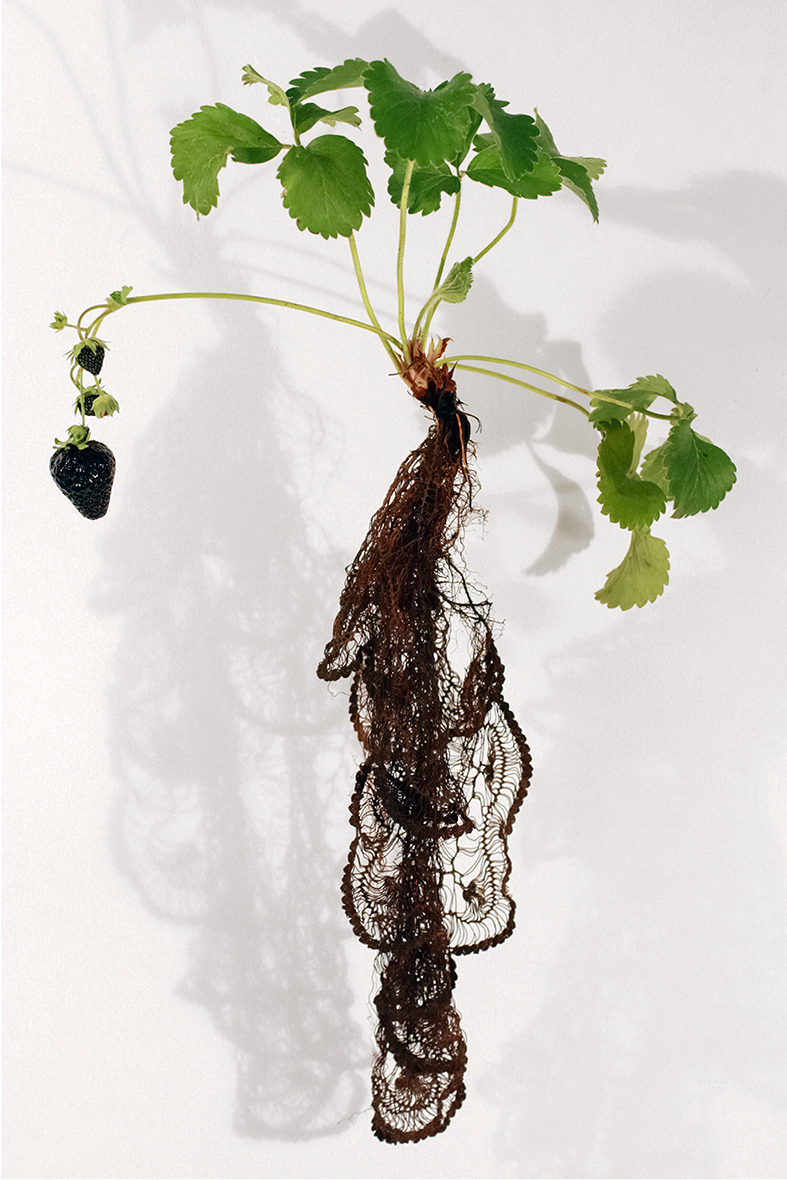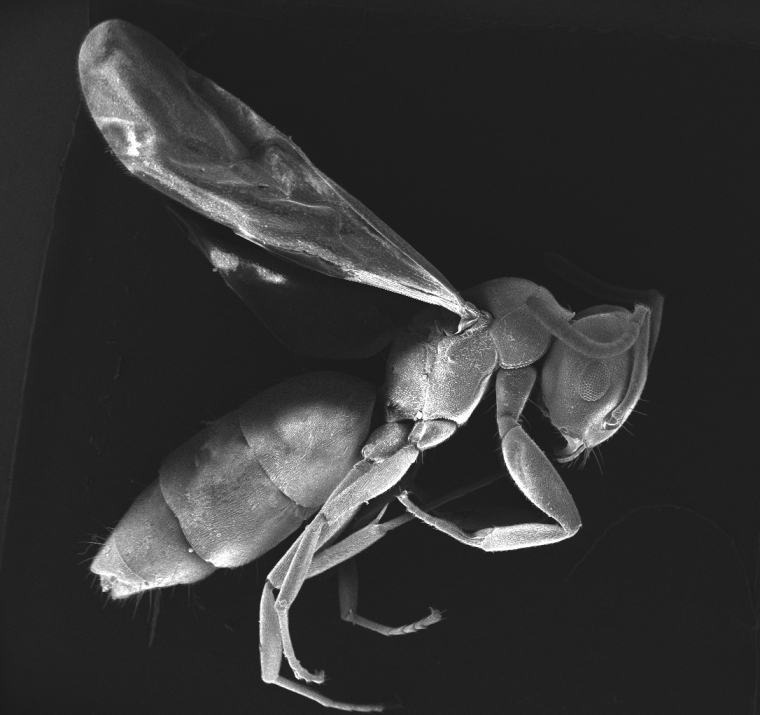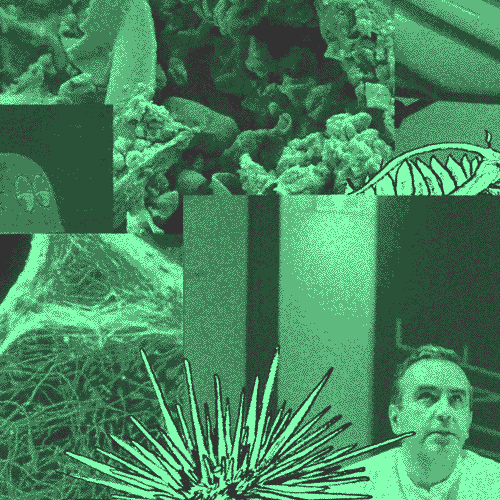
Strawberry Noir, “Biolace” photo series. © Carole Collet, 2012. “Biolace” explores the potential of synthetic biology to control the morphogenesis of plant root architecture.
Root Systems
by Carole Collet
“Some of the earliest evidence of roots comes from 419- to 408-million-year-old clubmosses (e.g. Drepanophycus spinaeformis) and their close relatives in the extinct zosterophylls”
— Patricia G. Gensel, et al., 2001, quoted by Paul Kenrick and Christine Strullu-Derrien, “The Origin and Early Evolution of Roots”, 2014.
A root is the underground organ of a plant. Roots have allowed plant life to evolve on Earth by providing anchorage, water, nutrients and facilitating local biochemical exchanges. Whilst they are vital for the plant world, these 400-million-year-old living systems have evolved fascinating complex functions, yet they remain hidden from our eyes. Root architecture is both genetically programmed and influenced by environmental conditions and availability of nutrients.
|
Carole Collet is Professor in Design for Sustainable Futures at Central Saint Martins UAL, where she is director of @maisonzero, the CSM LVMH Sustainable Innovation Programme and also director of the @designandlivingsystems Lab. She has pioneered the integration of sustainability into the curriculum at Central Saint Martins by creating new courses such as the MA in Textile Futures in 2001 (now Material Futures) and the first MA in Biodesign in 2019. Her research includes biomaterial prototyping as well as exhibition and conference curation and publication. Her work has been featured in international exhibitions, including at the V&A and the Centre Pompidou.
|
The Living Systems Lab Symposium by Central Saint Martins – University of the Arts London (UAL), in collaboration with maat, introduces research projects which exist at the intersection of art, design, architecture and biology by Carole Collet, Heather Barnett, Nancy Diniz, Alice Taylor and Rob Kesseler.
|











